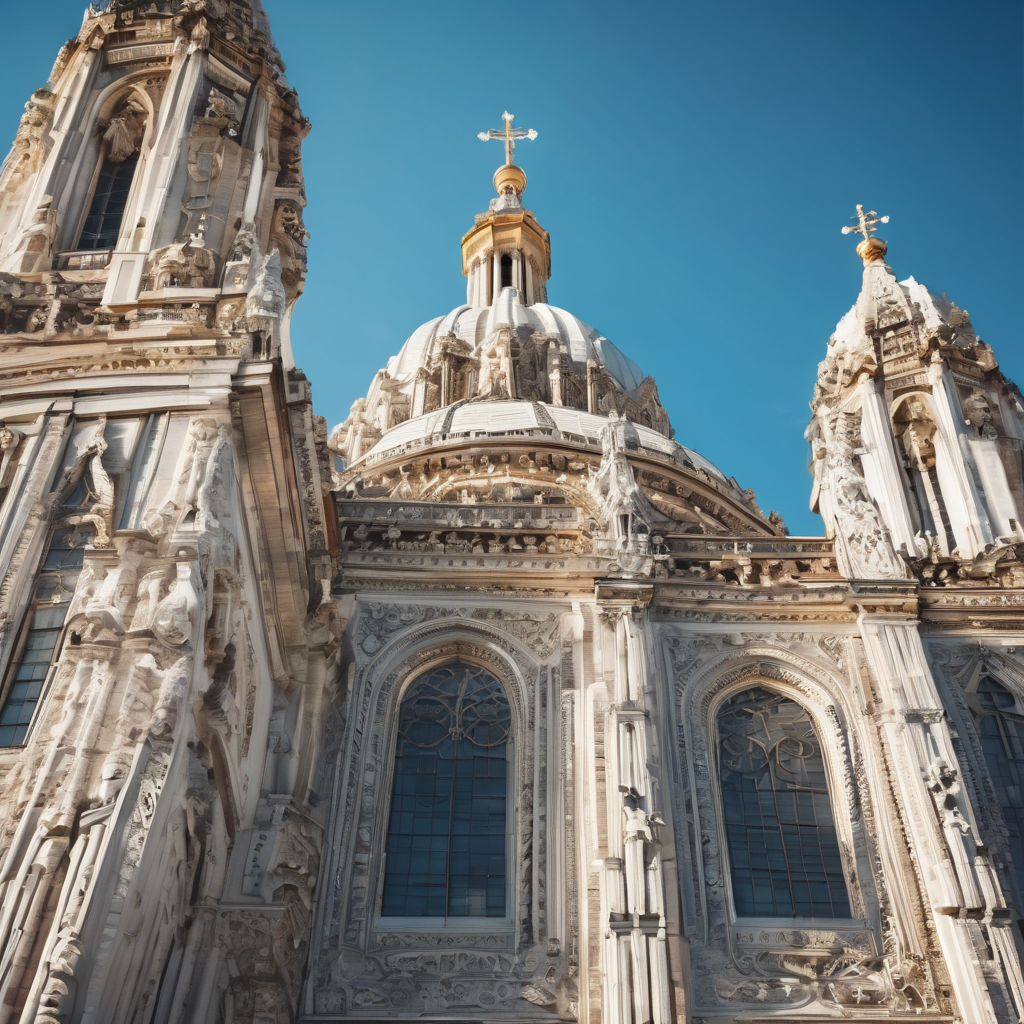Maria Rusu and her husband recently embarked on an overnight trip from Cluj to Bucharest to witness the inauguration of Romania’s newly completed national cathedral, which has earned the distinction of being the world’s largest Orthodox Christian church. Following 15 years of construction, the cathedral opened its doors on Sunday, drawing an impressive number of Romanians and international visitors eager to explore the monumental site.
“Romania deserves it,” stated Rusu, a 72-year-old retired economist, as she patiently waited in line for hours to enter the cathedral during a Mass that was streamed on screens. This impressive edifice will officially serve as the new seat of the Romanian Orthodox Church, which had previously operated from a smaller cathedral established in the mid-1600s in downtown Bucharest.
The opening celebration was marked by the consecration of the cathedral’s intricate mosaic iconography, performed by Ecumenical Patriarch Bartholomew, a leading figure within the global Orthodox community, alongside Romanian Patriarch Daniel. The historical significance of this cathedral is substantial, with plans for such a national church dating back over a century, hampered by two world wars, years of communist rule, and the complex transition to European Union membership.
Father Adrian Agachi, representing the Romanian Patriarchate, noted that the completion of this landmark structure is a significant event in Romanian history. He anticipates daily visitors could reach up to 40,000 and predicts that hundreds of thousands will visit the altar during the inaugural week.
Rising 127 meters (417 feet) tall, the cathedral can accommodate 5,000 seated attendees, with room for tens of thousands more in its expansive surroundings. While the estimated construction cost stands at around 270 million euros (approximately $315 million), largely funded by public resources, this has sparked criticism and debate about its financial implications.
Despite these concerns, the Romanian Orthodox Church continues to be a trusted institution in the country, with around 85% of the 19 million population identifying as Orthodox. The unveiling of this cathedral not only represents an impressive architectural achievement but also reflects a shared cultural and religious pride among the Romanian people, fostering a spirit of unity and spiritual renewal as the nation looks toward the future.
